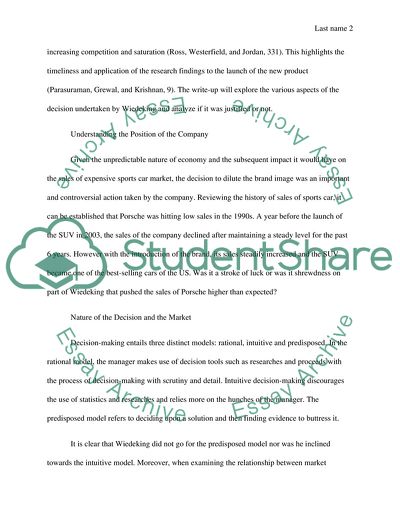Market analysis, 3Cs analysis, recommendations Case Study. https://studentshare.org/marketing/1768899-market-analysis-3cs-analysis-recommendations
Market Analysis, 3Cs Analysis, Recommendations Case Study. https://studentshare.org/marketing/1768899-market-analysis-3cs-analysis-recommendations.


